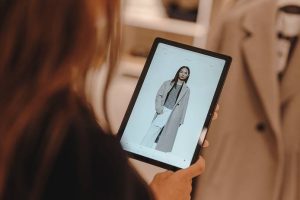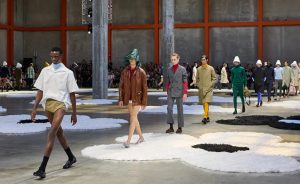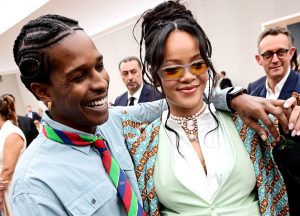The use of digital technologies such AR, AI and NFT drops presents iconic, luxury fashion brands with exciting new opportunities to adapt to changing consumer behaviour and attract a new, younger consumer base. Here, a few exciting examples of heritage fashion brands embracing technology as we step into 2023.
Prada drops eighth exclusive Timecapsule NFT collection
Italian luxury fashion brand Prada entered 2023 with the launch of its eighth exclusive Timecapsule NFT collection on January 5. NFT drop #37 in the Timecapsule collection presented a series of shirts featuring prints by Italian photographer Enzo Ragazzini from his Sixties and Seventies’ archive. One lucky Prada Timecapsule NFT Holder and his or her guest received an invitation to Prada Menswear Fall Winter 2023 during Milan Fashion Week. There’s another exciting new NFT drop slated for February!! To be eligible, you must hold a Prada Timecapsule NFT in your wallet purchased from Prada directly or secondary market; be part of the Prada Crypted Discord and get verified as a holder via the green tick.

Prada entered 2023 with its eighth exclusive Timecapsule NFT collection
Valentino embraces Artificial Intelligence
Maison Valentino revealed a fashion campaign for its ‘Essential’ line, shot using artificial intelligence. The luxury fashion brand’s game-changing campaign was brought about by a collaboration between Valentino Art Director Tommaso Garner and AI designer Vittorio Maria Dal Maso, and succeeded in highlighting the exquisite craftsmanship of Valentino’s collection to a new, younger potential consumer base.
Diesel collaborates with blockchain collective Hape
Fashion brand Diesel partnered with blockchain start-up Hape as part of its effort to strengthen its brand presence in the metaverse. The NFT drop in January 2023 was the second official Diesel NFT series after the launch of its own Web3 division ‘Brave Virtual Xperience’ and the release of NFT platform ‘D: VERSE’ last year. Per the fashion brand’s Twitter account, “The partnership between Diesel and @hapesocial officially launches with the introduction of #DieselGenesisHape, an ambassador within the Hape community and the wider Web3 arena…” What we do know is that each NFT in the collection co-created by Diesel Creative Director Glenn Martens and Hape founder creator Digimental offers both real-life and digital benefits. Set to launch soon, the drop will include digital collectibles with stylish rewards that include a limited edition 1DR Pod crossbody bag, access to exclusive events and community benefits.
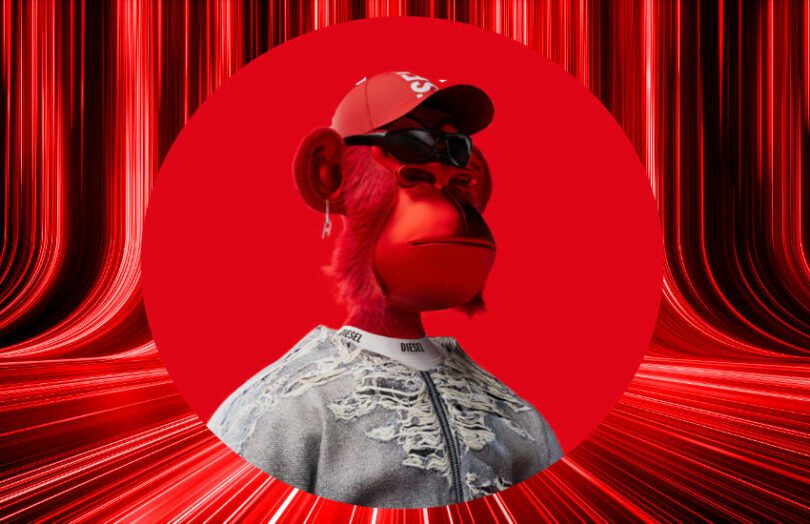
Diesel partnered with blockchain collective Hape
Cartier launches an AR experience in select stores
French luxury goods conglomerate Cartier, founded in 1847, combined its iconic craftsmanship with augmented reality technology to offer a unique service to its consumers at select locations worldwide. “The Looking Glass,” which at the first glance appears to be a lamp-style artefact, comes with a camera connected to an iPad, and uses a software that allows consumers to scan their hands and try on exclusive ring designs via AR. This includes rings that are not available to try on, in store. Per ‘The Wired’, “…created in partnership with software developers Jolibrain and Blue Trail Software… it lets customers view digital rings that aim to convincingly simulate the real thing sitting on their hands. There are 13 rings available in the Looking Glass program for now, with prices ranging from around $3,000 to $200,000, though Cartier says more are on the way—and, naturally, it is considering branching out beyond rings to cuffs, bracelets, and, yes, possibly watches.” The AR is restricted to an in-store experience, which in turn helps increase the footfall. A win: win for ‘the jeweller of kings and the king of jewellers’ and, of course, the consumer.
Louis Vuitton Uses AR To Cover Landmarks With Yayoi Kusama’s Dots
French fashion house Louis Vuitton is using augmented reality to digitally cover iconic landmarks such as Eiffel Tower, Statue of Liberty, Tower Bridge, Arc de Triomphe, Natural History Museum and London’s National Gallery with Yayoi Kusama’s iconic polka dots. In certain cities worldwide, Snapchat users can open the app, go to Louis Vuitton’s page and choose the landmark in front of them to see Kusama’s dots on-screen. “We wanted to make something on a huge scale, that also has a huge meaning: painting the world’s biggest landmarks and monuments is also a statement, the same way that Louis Vuitton painted their boutiques and stores,” Perez told Vogue Business. “It’s a way for the Louis Vuitton and Kusama teams to show the bridge between online and offline; they’re digitally painting their dots on top of the real world… AR is the healthiest way to think of the evolution of the web, rooted in real life and real humans — rather than escaping into VR.”
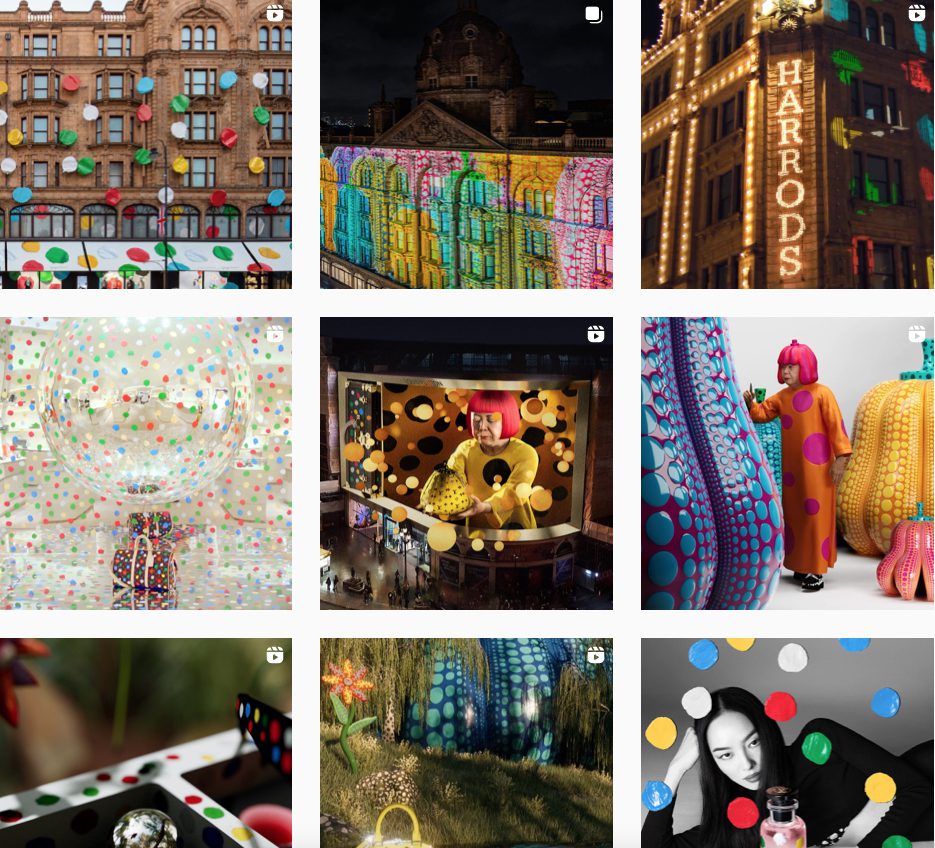
Image Source: Louis Vuitton Instagram
Jasmeen Dugal is Associate Editor at FashionABC, contributing her insights on fashion, technology, and sustainability. She brings with herself more than two decades of editorial experience, working for national newspapers and luxury magazines in India.
Jasmeen Dugal has worked with exchange4media as a senior writer contributing articles on the country’s advertising and marketing movements, and then with Condenast India as Net Editor where she helmed Vogue India’s official website in terms of design, layout and daily content. Besides this, she is also an entrepreneur running her own luxury portal, Explosivefashion, which highlights the latest in luxury fashion and hospitality.





